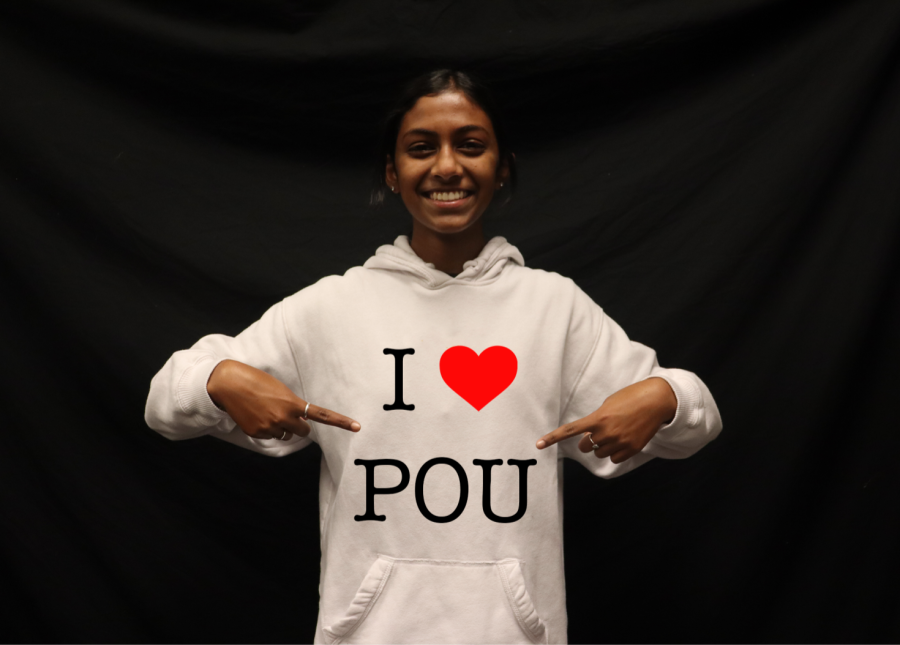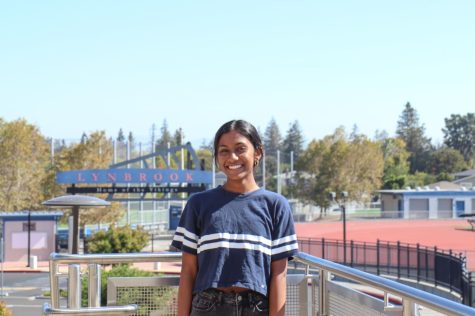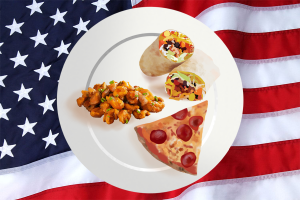Being brown in a small white town
I loved the community that allowed me to connect with my culture in Poughkeepsie, New York.
February 1, 2022
My story started in a city North of New York City called Poughkeepsie. The concept of diversity there was so foreign that a local news reporter featured me and my friend for wearing traditional Indian dance costumes. Yes, I made it into the newspaper for being brown in a small white town! From preschool to third grade, I was surrounded by kids who I could never connect with, forcing me to live a dual life: a cultural one at home and a white-washed one at school.
Whether it was hiding my hands decorated with mehndi or telling people I was eating pancakes when they were actually dosas, I was embarrassed of my culture. Luckily, I had an escape: a tight-knit group of Indian family friends. We often celebrated holidays, such as Holi, Navarathri and Diwali, together.
I partook in the basic Indian art forms that every other brown girl tried — carnatic singing and bharatnatyam. These activities kept me close to my heritage, as I was able to foster new friendships with students from these classes and perform works of art that I enjoyed. I remember sitting on my dance teacher’s sofa, chatting with my friends and eavesdropping on our moms’ gossip sessions. In dance shows to temple gatherings, I had found my community.
At the end of third grade, I moved to India to be closer to family. Naturally, I thought I would fit into my new environment. What Indian kid could not fit in in India?
Not me. At school, my American accent stuck out; at my cultural classes, I could not bond with the other students; and at family gatherings, everyone viewed me as American. Although I eventually found friends at school, I began to feel disconnected from my culture as I lacked the sense of community that I had fostered in Poughkeepsie.
Meaningful holiday celebrations became a thing of the past. Instead of celebrating with lifelong family friends, we spent our Holis and Diwalis with random families from our apartment complex. Conversations that were usually filled with laughter and life became meaningless small talk revolving around weekend plans or what we ate for dinner. My sense of community shrank.
Once again, I moved. This time, I landed in California. Even with a predominantly Asian and Indian population, I still felt lost culturally. During Holi and Diwali, there were no more competitions on who would shower first to wash all the colorful powder off their body or who would be able to hold the sparklers the longest — we had stopped celebrating altogether. Without a group of friends, I lost interest in my cultural activities and dropped out of dance.
Through the hardships of moving and adaptation, I realized it was the people who helped me embrace my culture and develop my sense of community. After every move, my family struggled to find the group we once had to celebrate the way we used to. Now, with most of my friends being from school, I strive to build a community that I feel at home with. By surrounding myself with close friends and family, I am starting to regain my sense of community and cultural connection. Whether it is attending a friend’s Golu for Navarathri or praying for Ganesh Chaturthi with newly acquainted family friends, I am taking small steps toward reviving the culture I thought I lost.




























































